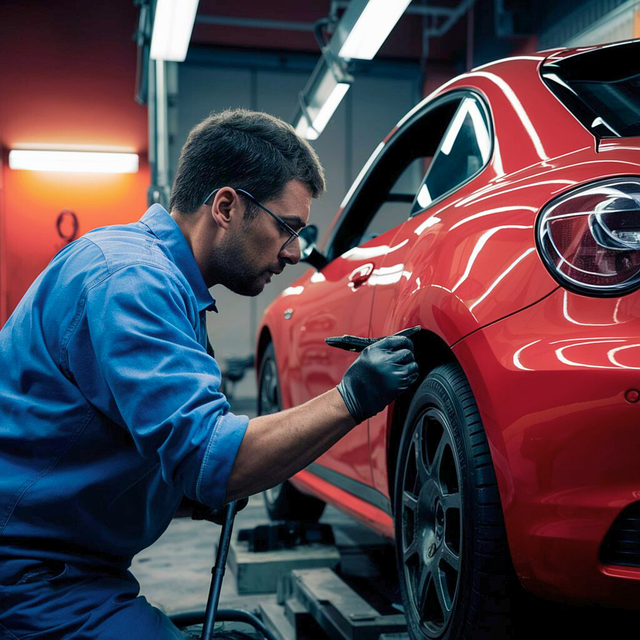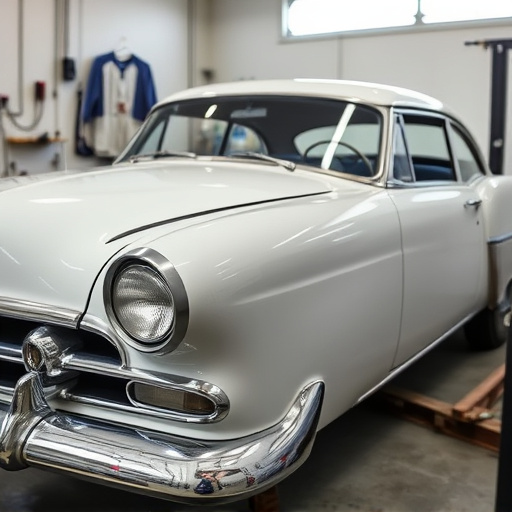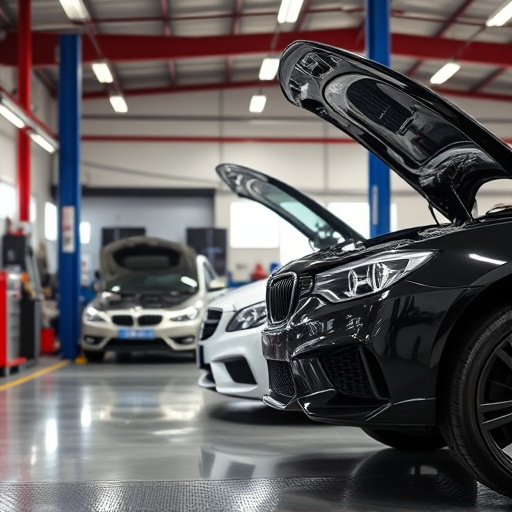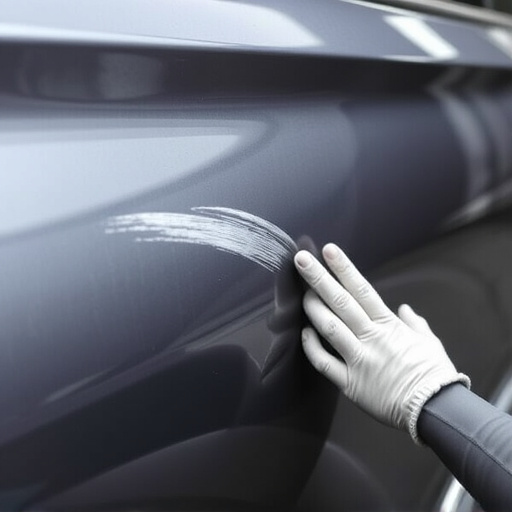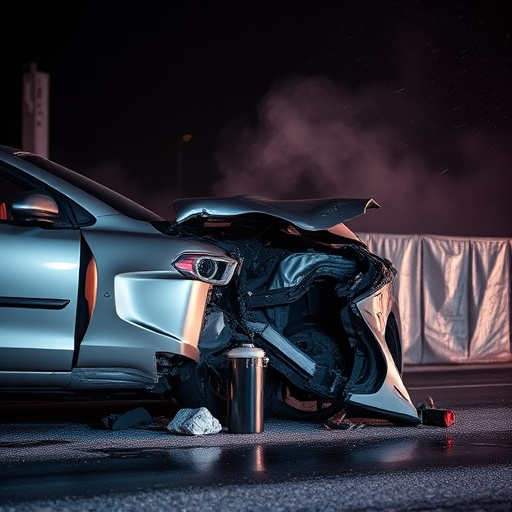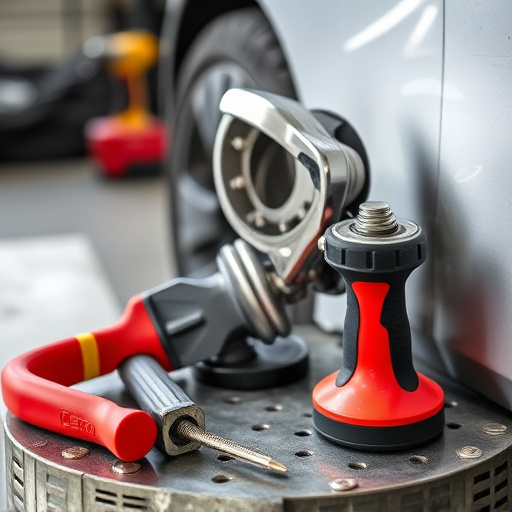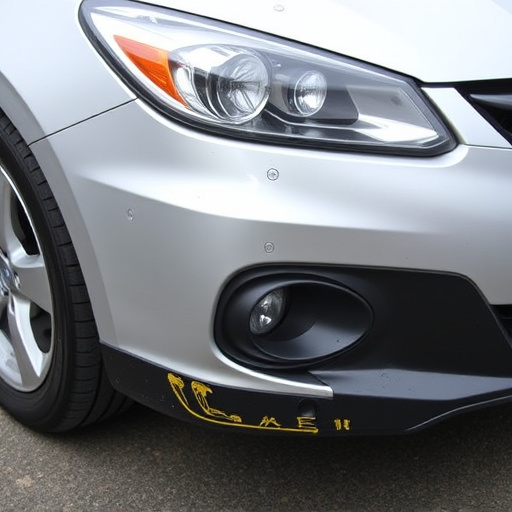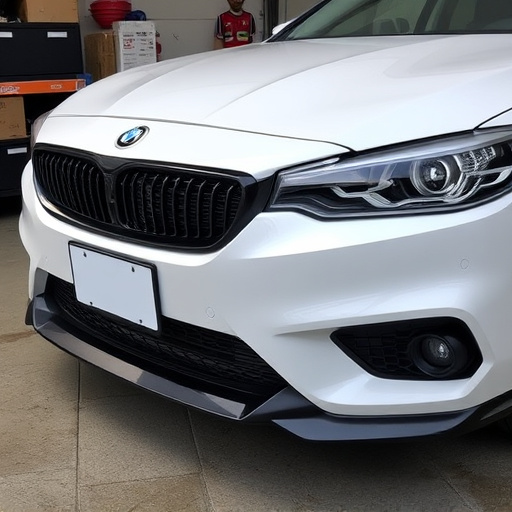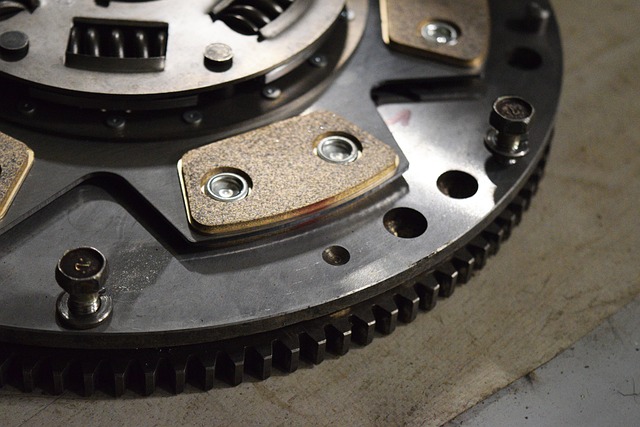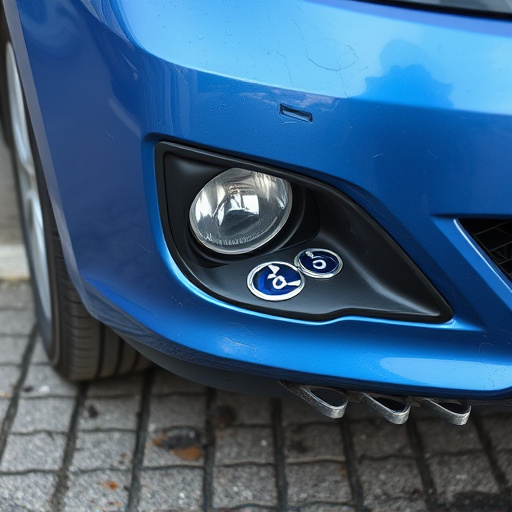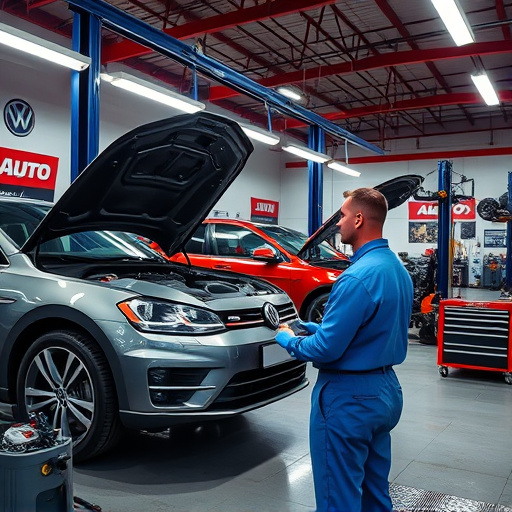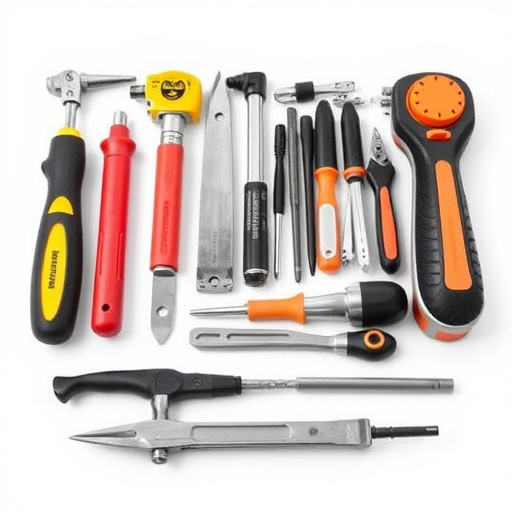Before engaging in classic car collision repair, review insurance policy for coverage details and specialized services. Document damage with detailed photos and a meticulous report, prioritizing safety at the scene. Gather evidence like communications and repair invoices from mechanics. Consider professional appraisals for fair compensation during claims process.
Protecting your classic car involves knowing how to navigate the insurance claims process. If you’re involved in a collision, thorough documentation is key to ensuring a smooth repair and fair compensation. This guide walks you through the essential steps of documenting your classic car collision repair for insurance, from understanding your policy to gathering professional appraisals. By following these practices, you’ll have a solid foundation for a successful claim.
- Understand Your Insurance Policy for Classic Cars
- Documenting Damage: Photos and Detailed Reports
- Gather Evidence: Repair Invoices & Professional Appraisals
Understand Your Insurance Policy for Classic Cars
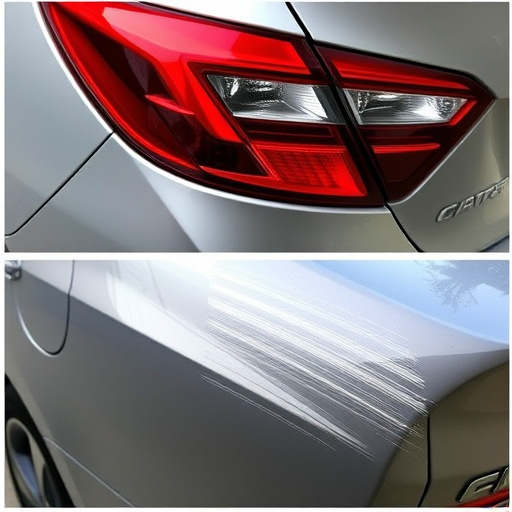
Before diving into the documentation process, it’s crucial to understand your insurance policy for classic cars. Policies can vary widely, so carefully review your coverage details. Note specific clauses related to collision repair and classic car restoration, as well as deductibles and any exclusions. Understanding these aspects will ensure you’re prepared to navigate the claims process effectively.
Many insurance providers offer specialized coverage for classic cars, recognizing their unique value and importance. Familiarize yourself with body shop services included in your policy, such as paintless dent repair or traditional restoration techniques. This knowledge will empower you to make informed decisions when selecting a reputable body shop for your classic car collision repair, ultimately facilitating the claims process and ensuring your vehicle is restored to its former glory.
Documenting Damage: Photos and Detailed Reports
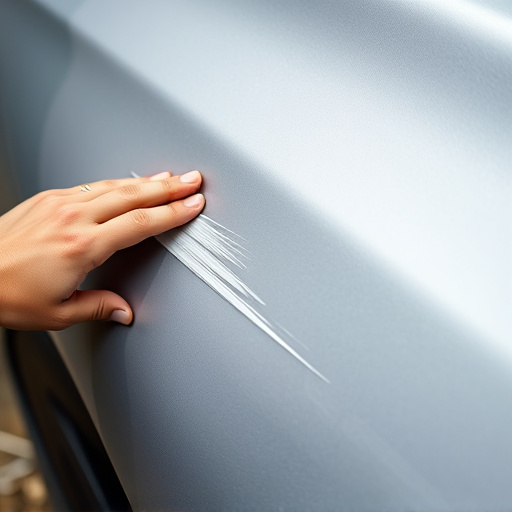
After a classic car collision, thorough documentation is essential for navigating the insurance claims process. The first step in this process involves capturing detailed and comprehensive evidence of the damage incurred by your vehicle. Start by taking numerous photos from various angles—front, back, sides, engine bay, interior, and any noticeable dents or scratches. These visual records will serve as irrefutable proof of the collision’s impact.
Alongside these visuals, create a meticulous report outlining each observed damage area. Be specific about the extent of the harm: is it a cracked windshield, dented fenders, or a twisted chassis? Mention all repairs required, such as paintless dent repair, glass replacement, or structural reinforcement. This detailed documentation will assist your auto body shop in accurately assessing and performing the necessary autobody repairs, ensuring that every fix aligns with the extent of the damage initially reported to the insurance company.
Gather Evidence: Repair Invoices & Professional Appraisals
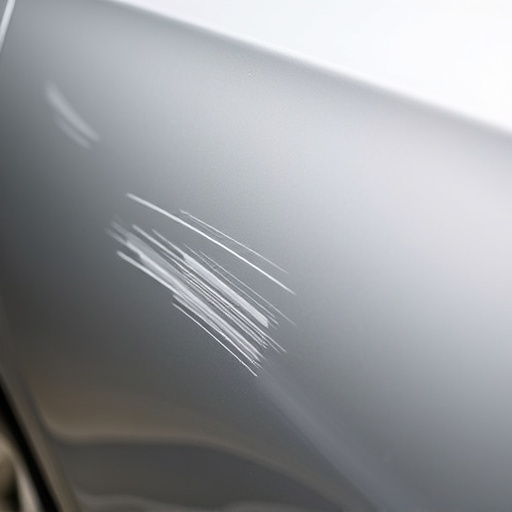
After ensuring your safety and that of others at the scene of a classic car collision, the next step is to meticulously document the repair process for insurance purposes. Gather all evidence related to the incident, including photographs of the damages and any exchanges or communications with the other party involved.
Obtain detailed repair invoices from your mechanic outlining the work performed and the parts used in the classic car collision repair. These documents serve as tangible proof of the extent of damage and the necessary restoration efforts. Consider engaging a professional appraiser to assess the pre-and post-accident condition of your vehicle, providing an unbiased estimate of the repair costs and potential residual value. This step is crucial for ensuring you receive fair compensation during the insurance claim process, especially for more intricate dent repairs or comprehensive vehicle restoration work.
When documenting your classic car collision repair for insurance claims, a thorough approach is key. Understanding your policy, capturing detailed damage photos, and gathering evidence through invoices and appraisals ensures you have a solid case. By following these steps, you can navigate the process smoothly, helping to secure a successful claim for your prized classic vehicle.
